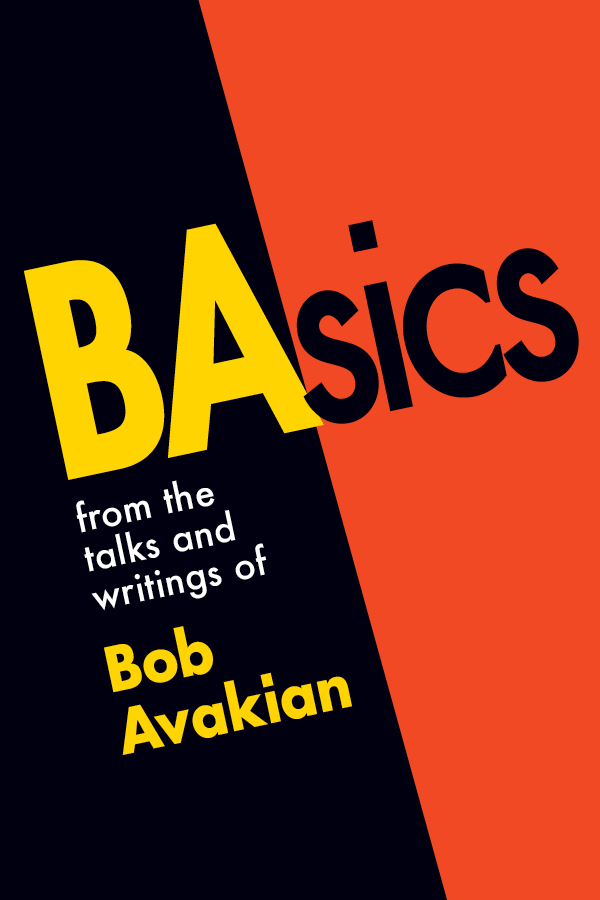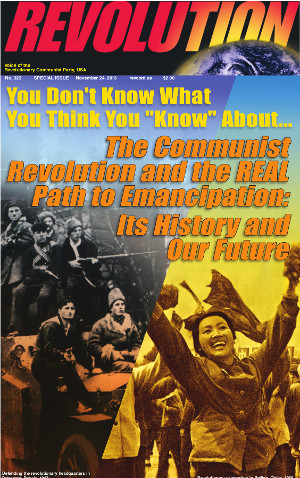November 23, 2015 | Revolution Newspaper | revcom.us
From Los Angeles comrades
Richard Duardo: In Memoriam
May 15, 1952 – November 11, 2014
It is with great sadness that we mark the passing of Richard Duardo—an important artist and friend—in Los Angeles, California, one year ago on November 11, 2014 at the age of 62. Richard was a master silk screen artist who came alive in the 1960s when revolution was in the air, when whole sections of society changed their lives to change the world and created new ways of thinking and living and working—to contribute to ending the oppression of humanity and building a far better world.
Richard was a rebel throughout his life and he loved the people. He would often talk about his life being shaped by his experiences growing up in East LA and the realization he came to in high school as he sat in dead-end remedial classes that, “I’m being routed into Nowheresville. There’s no future for me.” The rebel in Richard refused to lay down and be eaten by the machine, nor would he tolerate it being done to anyone else. He became a student activist and explained, “That’s part of waking up. It’s just like going, ‘Oh, my God, we’re just being railroaded here.’ Railroaded in my education, being brainwashed that everything is cool when it’s all fucked up in this school.” Richard led walkouts and protests at his high school. And he played a role in the famous Chicano Blowouts in East LA. This was an uprising that responded to the ugly reality that Chicanos were getting a grossly unequal education and were then being sent to Vietnam to fight for U.S. imperialism, where they died in overwhelmingly disproportionate numbers compared to soldiers from other sections of society. Richard became the co-editor of a radical high school newspaper—The Student Voice—that called out all the lies and inequality in the schools and society. He joined one of the first MEChA chapters formed on a high school campus (MEChA is a Chicano student group) and then later hooked up with the radical student organization Students for a Democratic Society (SDS). Eventually the high school came down on him hard, threatening expulsion if he did not stop his activism.
But the rebellious fire in Richard continued to burn. He used to joke about how he once had a library of over 300 politically radical books—most of which he said were stolen—and he read them voraciously. When Richard discovered art he realized that this was a place and a vehicle where he could be a revolutionary and express opinions that matter, reach the people and change the world. He loved to tell the story that in one of his earliest art classes, he devoted his efforts to creating ceramic busts of Mao Zedong (the great revolutionary of the 20th century who led the revolution in China), Ho Chi Minh (a nationalist revolutionary who led the Vietnamese people’s war) and Che Guevera (who led a nationalist revolution in Cuba). He sought out and worked with other artists who shared his views. And as he became more involved in both his art and his activism he searched for ways to bring the two together.
In his later years, he loved to take friends out to see the Highland Park loft where the Los Four—a collective of radical artists Richard belonged to—lived and worked. And among the stories he remembered best was how these artists would often start their day by reading the Red Book and talking about how what they were reading would/could/should impact their art. (The Red Book was a book of quotations from Mao Zedong which shaped a generation of revolutionaries around the world in the 1960s, influenced by the Cultural Revolution in China.) Richard once commented that this was the time in his life when he felt most alive.
As the struggle of the 1960s gave way to the 1970s and ’80s, Richard continued to pursue art that challenged the fabric of society. In addition to continuing his own art work, he stretched out and became a master printer. He loved in-your-face rebellious art and he always found the ways to promote this broadly. He worked with, and turned his print shop and printing expertise to helping a range of young artists, especially graffiti and street artists, get their work out in society. This was the art that Richard loved and he was proud to be part of getting it seen by the world. He was the first LA artist to work with—and bring to LA—Jean-Michel Basquiat, Keith Haring, and others. When asked why, he explained that he felt really compelled to do as much as he could to promote the people who didn’t go along with the status quo and who had the potential to bend minds in different directions. This is one of the things that really attracted him to the artists Banksy and Shepard Fairey, whose work Richard enthusiastically supported and helped print.
He remained a prolific artist who produced/printed the works of over 450 other artists. He also created his own works—energetic, bold, and brightly colored silk screen portraits of cultural and revolutionary icons, including Mao Zedong, Bob Dylan, Jimi Hendrix, Grace Slick, Che Guevara, Elvis and many others, earning him the nickname “The West Coast Warhol.” He created the movie poster for the film Frida and the album cover for Jackson Browne’s Lives in the Balance.
Comrades in the Revolutionary Communist Party knew Richard for over 30 years and maintained a friendship valued by him and our Party over this whole time. As the years went on and the social climate changed, it impacted Richard, who always saw the need to fight, but questioned whether we could win. But he still really loved to talk and argue about changing society, how it could be done and toward what end. He was always looking for ways he could introduce people he saw as kindred spirits to the revolution. When he discovered Bob Avakian, he felt a great spark. Some of the cynicism that grew with the years was challenged and Richard often talked about how he saw hope for humanity in Bob Avakian—he appreciated his bravery and fire. He said he thought that BA is the most important asset the revolution has and that he really hoped everybody involved in it gets that. Richard acted on this himself. He wanted to be part of popularizing and defending BA and his works throughout society. He was an early signatory to the statement: “Dangerous Times Demand Courageous Voices, Bob Avakian Is Such a Voice.” A few years later, he undertook a very important project that had personal and political meaning for him, creating the Bob Avakian image which has been reproduced on thousands of T-shirts, posters, and palm cards. He thought deeply about the injustice of the system and saw BA as one of its most eloquent foes and created the image as a contribution to getting Bob Avakian known everywhere.
When Richard died last year hundreds attended his memorial and, in a way that mirrored his life, they came from every corner of life in LA. As a matter of principle, throughout his life he worked and lived close to his roots in Downtown and Highland Park and always tried to keep people close. He was gracious and kind, creative in all things right down to the daily schedule he wrote on a big white board every day. And through it all, he still maintained a love for the people and a glowing ember of revolutionary hope.
We miss him and think of him often. It was great to talk to him—usually over a great meal of tamales at his studio or incredibly delicious enchiladas at a hole in the wall restaurant in East LA, wrangling over what needs to be done and how to do it. Until the end of his life he remained full of hope and love for the oppressed. We carry his spirit in our hearts.
A message from Richard Duardo to “On the Occasion of the Publication of BAsics: A Celebration of Revolution and the Vision of a New World,” an event held on April 11, 2011 at the Harlem Stage in New York City.
Volunteers Needed... for revcom.us and Revolution
If you like this article, subscribe, donate to and sustain Revolution newspaper.







